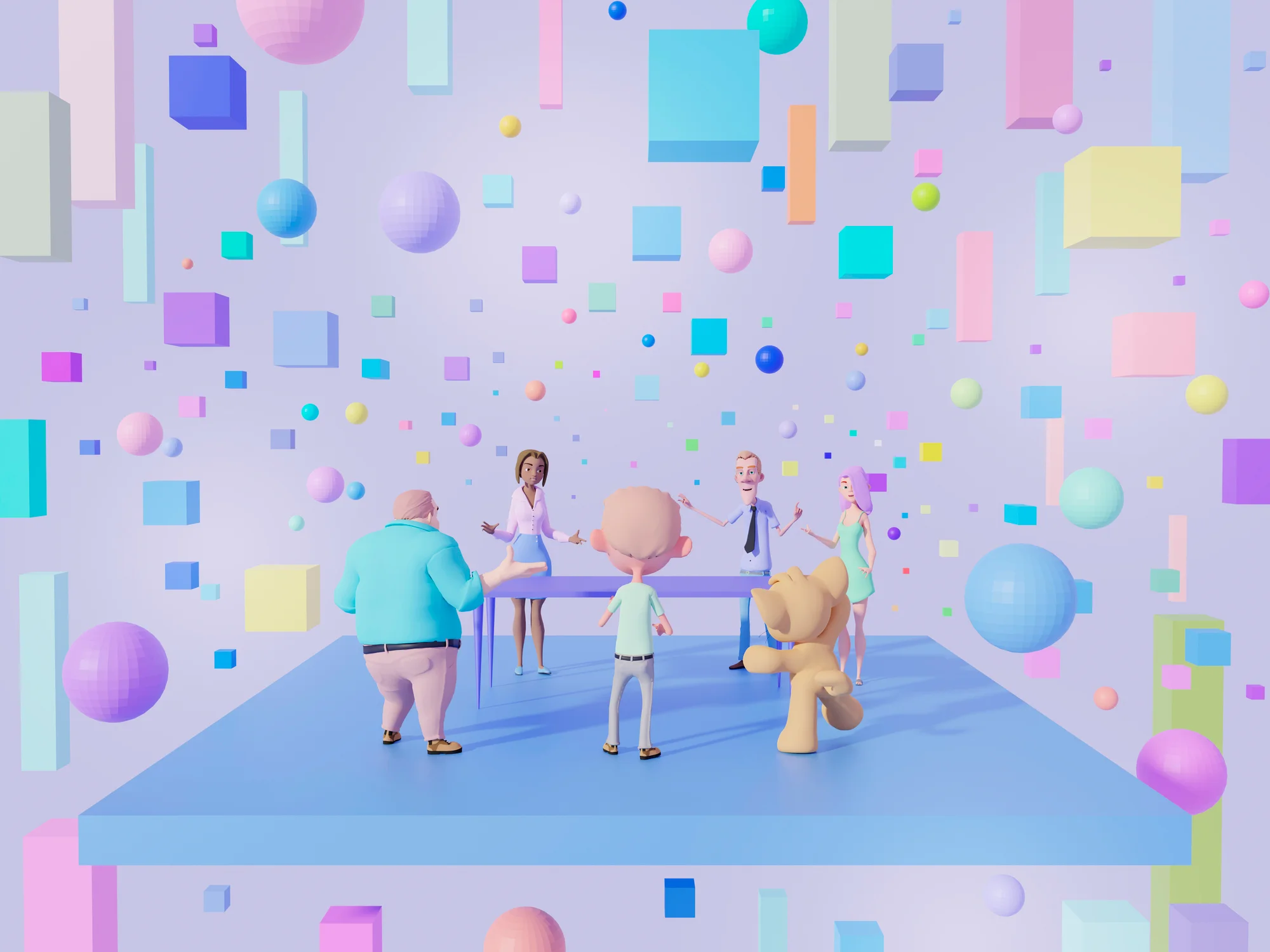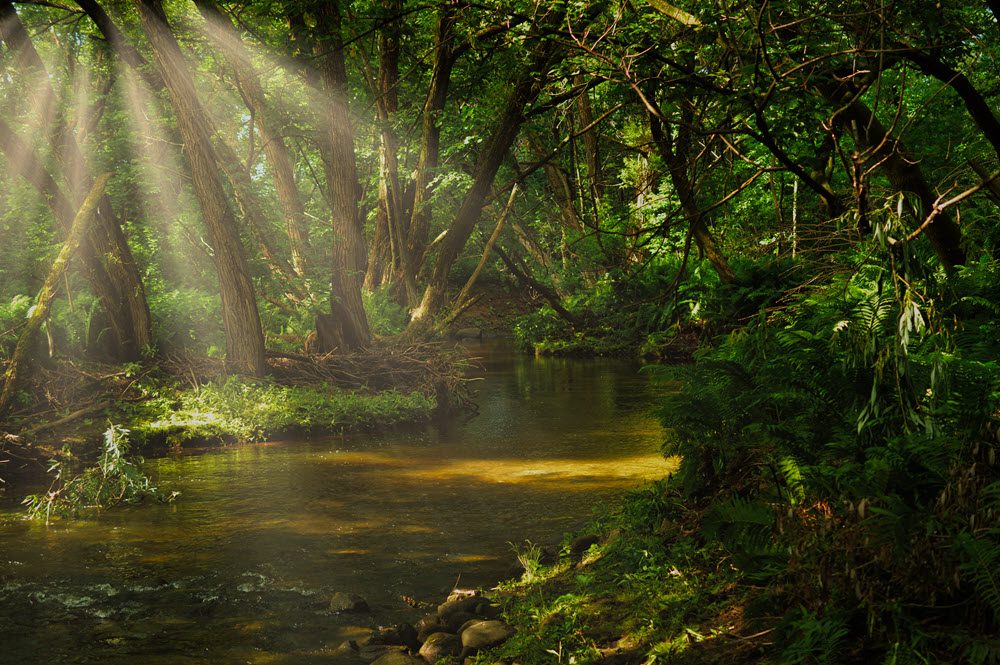Have you ever visited a website and found yourself amazed by an interactive 3D animation—perhaps a rotating product, a 3D map, or even a mini-game? Chances are, Three.js was behind that immersive experience.
Three.js is a lightweight, powerful JavaScript library that makes creating and displaying animated 3D graphics in the browser incredibly accessible. Whether you’re a developer looking to add a splash of visual flair to your site or a designer wanting to dive into the world of 3D, Three.js is your gateway.
In this post, we’ll walk you through the basics of what Three.js is, why it’s useful, how to get started, and practical tips to make the most of it.
✨ What is Three.js?
Three.js is an open-source JavaScript library built on top of WebGL, a low-level API that enables browsers to render 2D and 3D graphics without needing plugins. While WebGL is powerful, it’s also complex—Three.js abstracts much of that complexity, making it easier to create rich 3D experiences with less code.
Think of Three.js as the difference between raw HTML and a drag-and-drop website builder—it simplifies the hard stuff, so you can focus on creativity.
🚀 Why Use Three.js?
Here are some compelling reasons developers love Three.js:
- ✅ Cross-browser compatibility: Runs in any modern browser with no plugins required.
- 🎨 Vast flexibility: Supports complex lighting, shadows, textures, animations, and even VR.
- 🧱 Huge ecosystem: Includes built-in support for geometries, cameras, materials, and controls.
- 🎮 Interactive experiences: Easily integrates with mouse, touch, and keyboard input.
- 📦 Supports external 3D assets: Load models from Blender, Cinema 4D, or other 3D software.
🛠️ Getting Started with Three.js
Here’s a simple walkthrough to get you up and running.
1. Set up your environment
All you need is a basic HTML file. You can include Three.js via CDN:
<script src="https://cdn.jsdelivr.net/npm/[email protected]/build/three.min.js"></script>
2. Create a basic scene
Here’s a minimal example that sets up a scene with a rotating cube:
<!DOCTYPE html>
<html>
<head>
<meta charset="utf-8">
<title>Three.js Cube</title>
<style> body { margin: 0; overflow: hidden; } </style>
</head>
<body>
<script src="https://cdn.jsdelivr.net/npm/[email protected]/build/three.min.js"></script>
<script>
// Scene, Camera, Renderer
const scene = new THREE.Scene();
const camera = new THREE.PerspectiveCamera(75, window.innerWidth/window.innerHeight, 0.1, 1000);
const renderer = new THREE.WebGLRenderer();
renderer.setSize(window.innerWidth, window.innerHeight);
document.body.appendChild(renderer.domElement);
// Cube
const geometry = new THREE.BoxGeometry();
const material = new THREE.MeshBasicMaterial({ color: 0x00ff00 });
const cube = new THREE.Mesh(geometry, material);
scene.add(cube);
camera.position.z = 5;
// Animation loop
function animate() {
requestAnimationFrame(animate);
cube.rotation.x += 0.01;
cube.rotation.y += 0.01;
renderer.render(scene, camera);
}
animate();
</script>
</body>
</html>
✨ Just copy this into an .html file and open it in your browser to see your first 3D cube in action!
🔍 Core Concepts You Should Know
Here are some key concepts you’ll encounter when using Three.js:
| Concept | Description |
|---|---|
Scene | The 3D world that holds everything (objects, lights, cameras). |
Camera | Determines what part of the scene is visible on screen. |
Renderer | Renders the scene from the camera’s viewpoint. |
Geometry | Defines the shape of 3D objects (e.g., box, sphere, custom shapes). |
Material | Defines how the object appears (e.g., color, texture, shininess). |
Mesh | The combination of geometry + material = visible object. |
Light | Adds depth and realism with shadows, highlights, and illumination effects. |
🎯 Practical Use Cases for Three.js
- Product Visualizations: Showcase 3D models of products (furniture, gadgets, shoes).
- Data Visualization: Present graphs or maps in 3D space.
- Interactive Games: Develop web-based games or mini-experiences.
- Virtual Tours: Simulate architectural walkthroughs or museum exhibits.
- Educational Tools: Demonstrate concepts like the solar system, molecules, or anatomy in 3D.
🔧 Tips for Working with Three.js
- Use helper libraries: Tools like OrbitControls allow users to navigate 3D scenes intuitively.
- Optimize performance: Limit the number of objects and use efficient materials to avoid lag.
- Experiment with loaders: Load assets from Blender (
.glb,.gltf) usingGLTFLoader. - Join the community: Check out Three.js Journey, r/threejs, and the Three.js Discord.
📚 Resources to Learn More
- Official Three.js Docs
- Three.js Examples Gallery
- Discover Three.js
- YouTube channels like The Coding Train or Fireship
🌟 Wrapping Up
Three.js empowers anyone to build stunning 3D experiences right in the browser, no plugin required. Whether you’re a curious beginner or a seasoned developer, it’s a great tool to explore creativity, enhance engagement, and bring your web projects to life.
If you’re looking for a sign to try it—this is it. Your first 3D cube is just a few lines of code away.
📢 Got inspired? Share your first 3D project on social media and tag your favorite dev communities. Let’s make the web a more interactive space, one triangle at a time.


